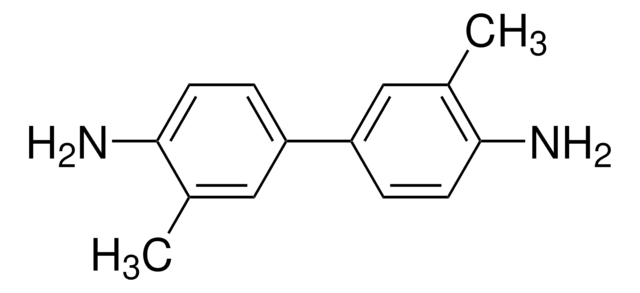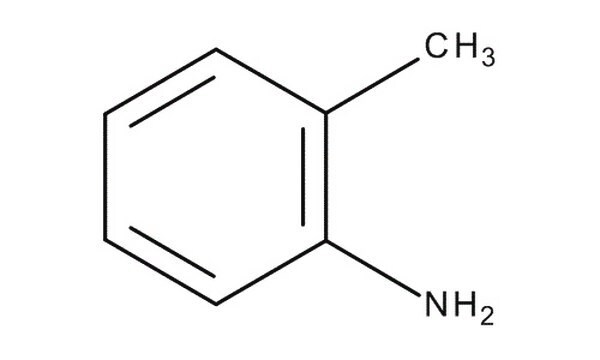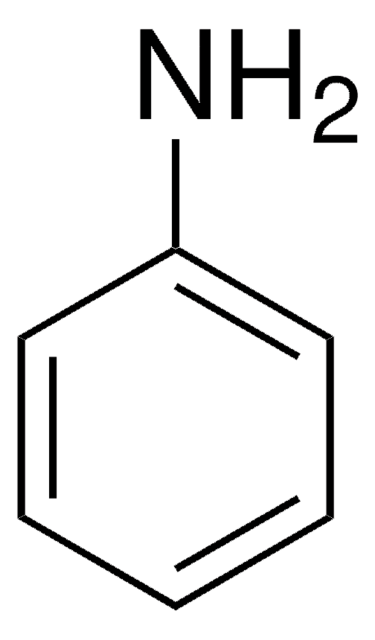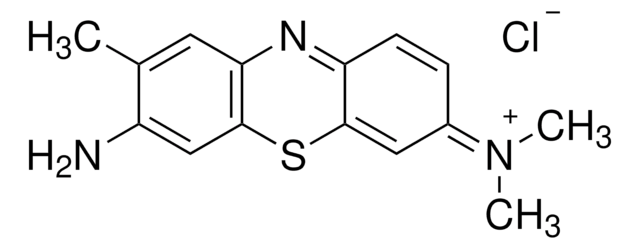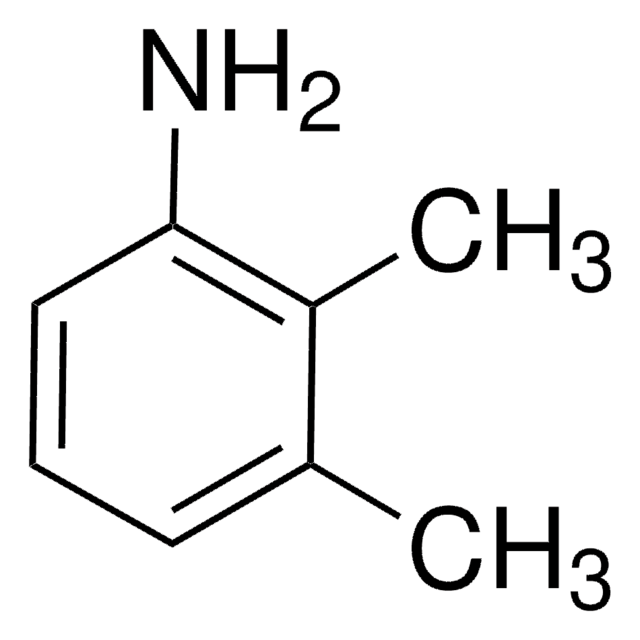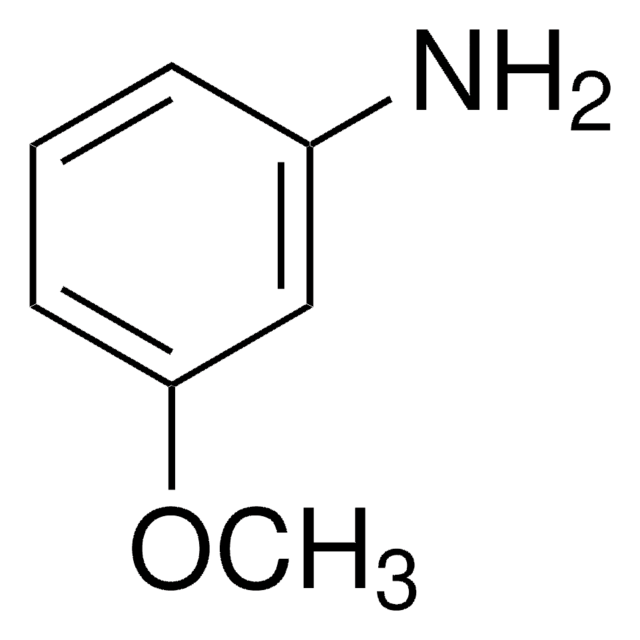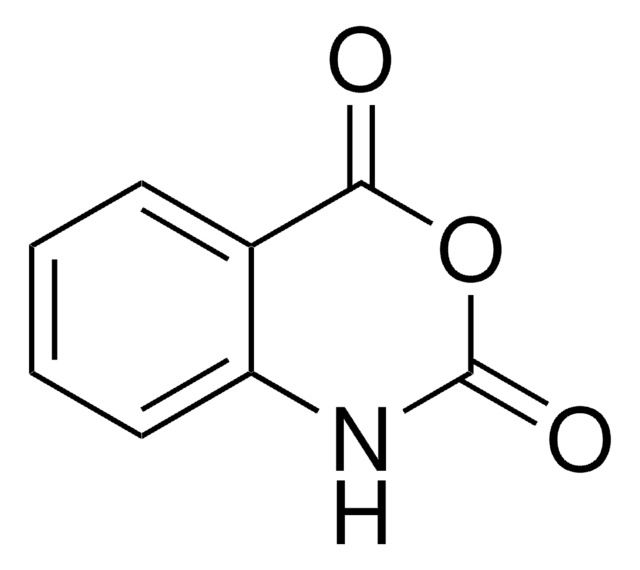89610
o-Toluidine
purum p.a., ≥99.5% (GC)
Synonym(s):
2-Aminotoluene, 2-Methylaniline
About This Item
Recommended Products
vapor density
3.7 (vs air)
Quality Level
vapor pressure
0.26 mmHg ( 25 °C)
grade
purum p.a.
assay
≥99.5% (GC)
form
liquid
autoignition temp.
899 °F
impurities
≤0.1% water
≤0.5% m- and p-toluidine (GC)
ign. residue
≤0.01% (as SO4)
refractive index
n20/D 1.572 (lit.)
n20/D 1.572
bp
199-200 °C (lit.)
89-90 °C/11 mmHg (lit.)
mp
−28 °C (lit.)
solubility
H2O: slightly soluble
density
1.008 g/mL at 25 °C (lit.)
cation traces
Ca: ≤5 mg/kg
Cd: ≤1 mg/kg
Co: ≤1 mg/kg
Cr: ≤1 mg/kg
Cu: ≤1 mg/kg
Fe: ≤1 mg/kg
K: ≤20 mg/kg
Mg: ≤1 mg/kg
Mn: ≤1 mg/kg
Na: ≤20 mg/kg
Ni: ≤1 mg/kg
Pb: ≤1 mg/kg
Zn: ≤1 mg/kg
SMILES string
Cc1ccccc1N
InChI
1S/C7H9N/c1-6-4-2-3-5-7(6)8/h2-5H,8H2,1H3
InChI key
RNVCVTLRINQCPJ-UHFFFAOYSA-N
Looking for similar products? Visit Product Comparison Guide
General description
Application
Caution
signalword
Danger
Hazard Classifications
Acute Tox. 3 Inhalation - Acute Tox. 3 Oral - Aquatic Acute 1 - Aquatic Chronic 2 - Carc. 1B - Eye Irrit. 2
Storage Class
6.1A - Combustible acute toxic Cat. 1 and 2 / very toxic hazardous materials
wgk_germany
WGK 3
flash_point_f
185.0 °F - closed cup
flash_point_c
85 °C - closed cup
ppe
Eyeshields, Faceshields, Gloves, type ABEK (EN14387) respirator filter
Choose from one of the most recent versions:
Certificates of Analysis (COA)
Don't see the Right Version?
If you require a particular version, you can look up a specific certificate by the Lot or Batch number.
Already Own This Product?
Find documentation for the products that you have recently purchased in the Document Library.
Customers Also Viewed
Protocols
GC Analysis of Anilines on Equity®-5
US EPA Method 8270 (Appendix IX): GC Analysis of Semivolatiles on Equity®-5 (30 m x 0.25 mm I.D., 0.50 μm)
Our team of scientists has experience in all areas of research including Life Science, Material Science, Chemical Synthesis, Chromatography, Analytical and many others.
Contact Technical Service

